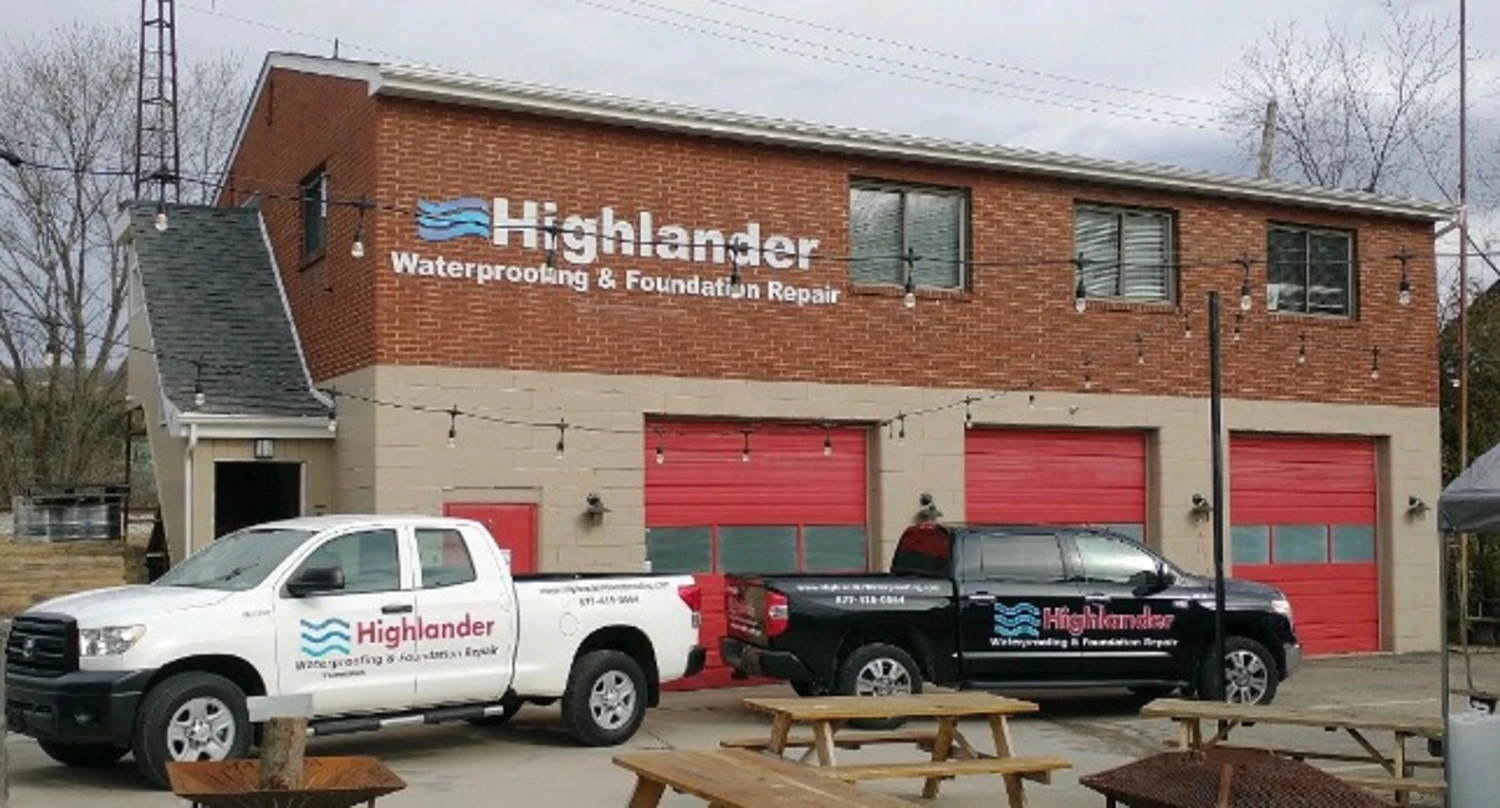Basement waterproofing is an essential aspect of home maintenance that ensures the longevity and safety of your home. With the right approach, you can protect your property from water damage, mold growth, and structural issues that can arise from a damp or flooded basement. This guide will walk you through everything you need to know about basement waterproofing, from identifying common problems to exploring professional solutions and DIY methods.
Common Causes of Basement Water Leaks
Understanding the root causes of basement water leaks is the first step in effectively addressing them. Common causes include poor drainage systems, cracks in the foundation, improper sealing of basement walls, and high groundwater levels. These issues often lead to water seepage that can cause significant damage over time. Regular inspections and maintenance of your home's drainage system can prevent many of these problems.
Signs You Need Immediate Waterproofing Solutions
Recognizing the signs that your basement needs waterproofing can save you time and money in the long run. Look out for musty odors, visible mold growth, water stains on walls, peeling paint, and dampness on floors. If you notice any of these signs, it's crucial to act quickly to prevent further damage and ensure the safety of your home's foundation.
Benefits of Investing in Professional Waterproofing Services
Hiring professionals for basement waterproofing comes with numerous benefits. Experts bring in-depth knowledge and experience to the table, ensuring that all potential problem areas are identified and addressed effectively. Professional services often include comprehensive solutions like sump pump installation, interior and exterior drainage systems, and foundation crack repair. Investing in professional waterproofing not only protects your home but also enhances its value.
DIY Waterproofing: What You Can and Can't Do
While there are aspects of basement waterproofing that homeowners can handle themselves, certain tasks should be left to professionals. DIY solutions such as improving gutter systems, and ensuring proper landscaping can be effective for minor issues. However, for significant problems like structural cracks or persistent dampness, water seepage or flooding, professional intervention is necessary to ensure long-term protection.
Long-term Advantages of a Dry Basement
A dry basement offers numerous long-term advantages for homeowners. It reduces the risk of mold and mildew, which can have health implications for residents. Additionally, a dry basement can be transformed into a functional space such as a home office, gym, or additional living area. By maintaining a dry basement, you also preserve the structural integrity of your home, potentially saving tens of thousands of dollars on future repairs.
Basement waterproofing is not just a preventive measure; it's an investment in your home's future. By understanding the causes of water leaks, recognizing the signs of trouble early on, and choosing between DIY and professional solutions, you can ensure that your basement remains dry and secure. Whether you're addressing minor issues or considering a complete waterproofing overhaul, taking action today will provide peace of mind and protect your investment for years to come.

This content has been submitted by authors outside of this publisher and is not its editorial product. It could contain opinions, facts, and points of view that have not been reviewed or accepted by the publisher. The content may have been created, in whole or in part, using artificial intelligence tools.

